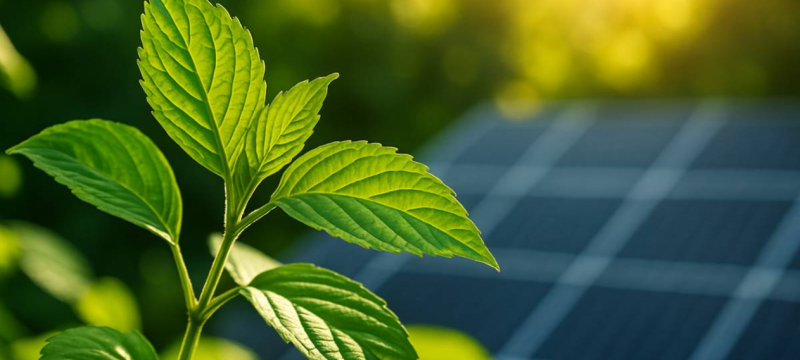Researchers from Lawrence Berkeley National Laboratory, alongside global collaborators, have unveiled a groundbreaking artificial leaf that turns carbon dioxide into valuable chemicals using sunlight. Published in Nature Catalysis, this innovation is part of the Liquid Sunlight Alliance (LiSA), a major initiative to produce liquid fuels from solar energy.
The device, roughly the size of a postage stamp, merges copper with perovskite materials to mimic the natural process of photosynthesis. It successfully generates C2 molecules, which are essential for creating products like plastic polymers and jet fuel, marking a major step forward in solar fuel technology.
Also Read: China Achieves Breakthrough with World’s First Operational Thorium Molten Salt Reactor
Unlike earlier attempts that depended on biological materials, this new design incorporates copper to boost both stability and lifespan. Researchers believe this system can be scaled up to provide a sustainable, solar-powered alternative to conventional fuel production methods.
Supported by the US Department of Energy, the LiSA collaboration, led by Caltech and Berkeley Lab, aims to further develop this technology to tackle global energy demands and climate change challenges, paving the way for cleaner industrial processes.









